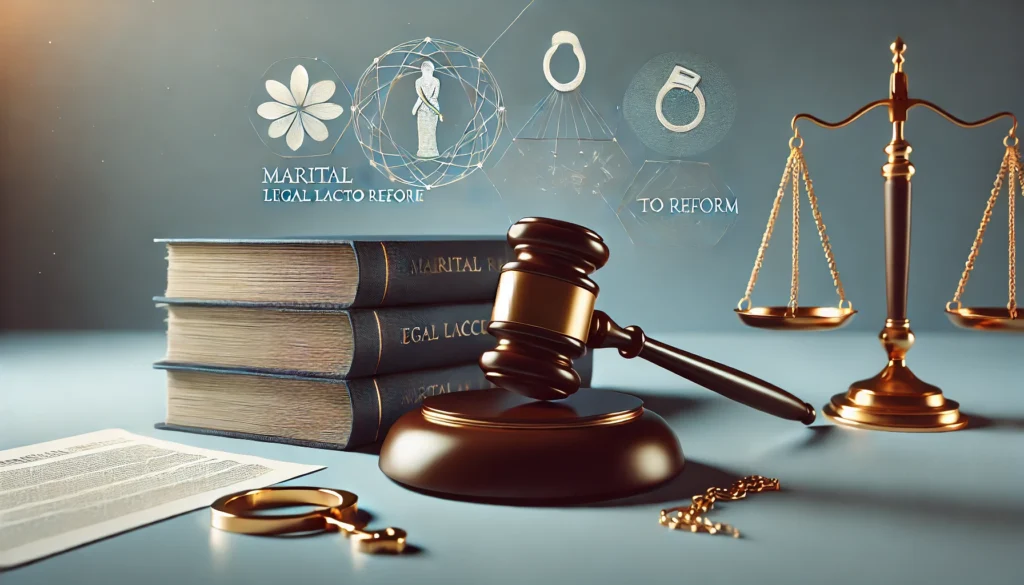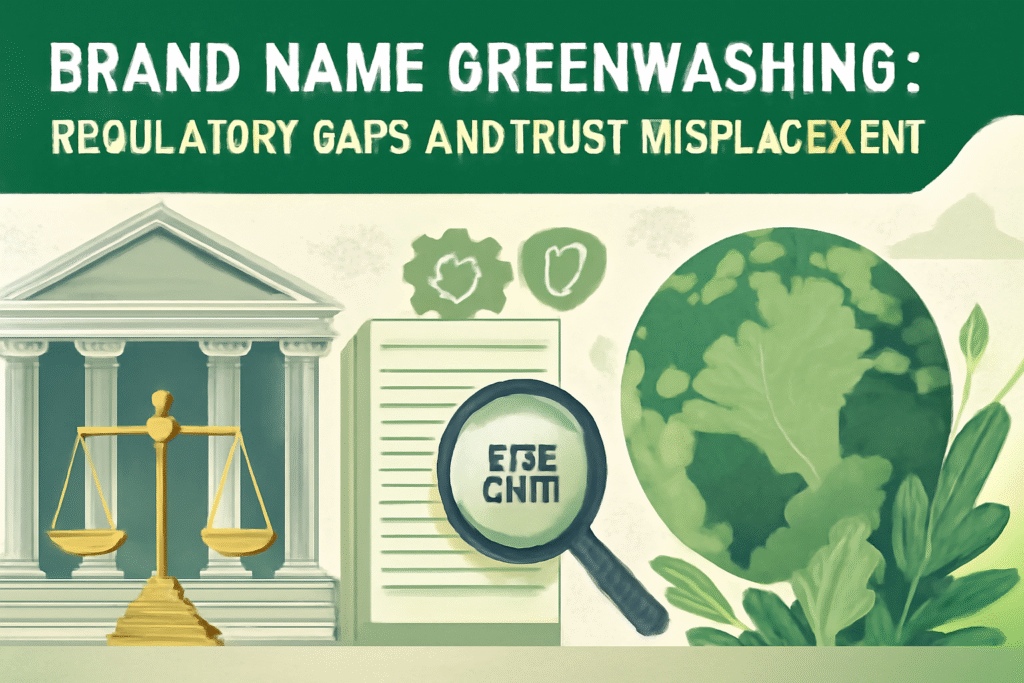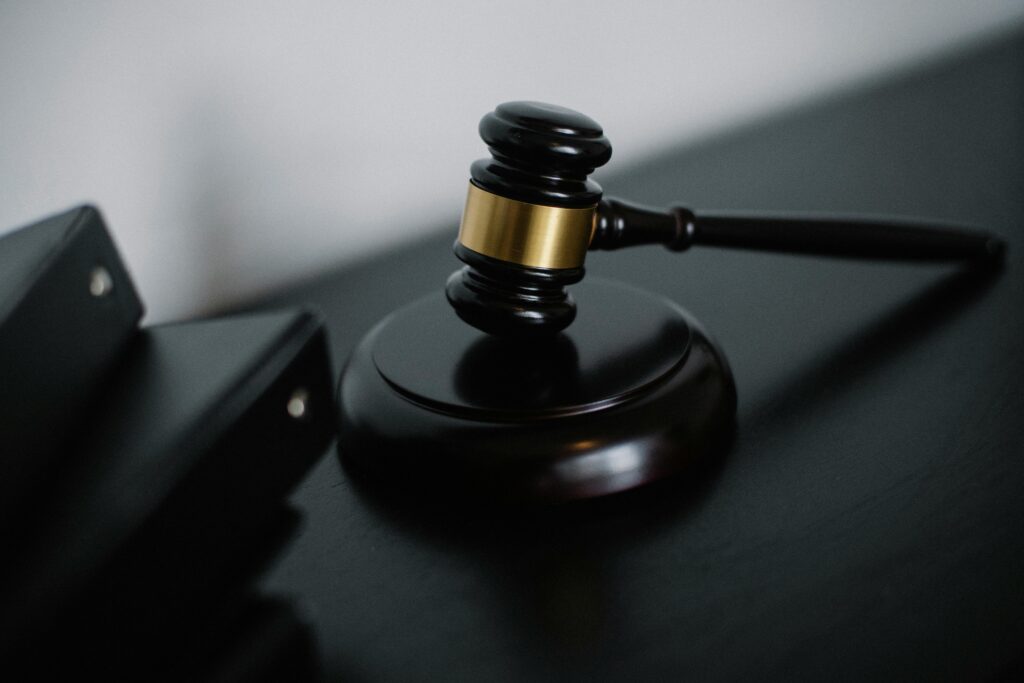Published On: 13th January, 2025
Authored by: Mayuri Mayee Singh
SOA National Institute of Law
INTRODUCTION
Social media, which most people do not know, has increased cases of defamation across the globe to great extents. Changes in media landscapes are showing changes in the potential to do reputational harm. It is very crucial for journalists and legal professionals, yet important to every person using the internet to converse, to understand the role of media in defamation.
With information travelling at the speed of lightning, it is now colossal in impact one defamatory statement has. Now, let us venture into this space that captures the nexus between media and defamation, legal principles that guide it, some of the notable cases that have sat on each side of the line, and, lastly, what deeper influence these have on society. So what happens when freedom of expression meets the right to reputation?
What is Defamation?
Defamation involves false communication that injures a person’s reputation. There are two types: libel, referring to written defamation; and slander, referring to spoken defamation. Media is one of the information vehicles that become central to most disputes on this issue. Defamation is defined in Section 499 of the Indian Penal Code, 1860. If an individual damages another person’s reputation by spreading untrue statements using spoken or written words, images, or symbols, they are accused of defamation.
Defamation is categorized into two types according to the law.
Slander is the term used for defamation when it is spoken instead of written.
When written, it is referred to as libel.
In the Indian civil law system, an individual has the right to take legal action against anyone who has slandered them and can request compensation for any harm caused by the defendant.
ESSENTIAL ELEMENTS OF DEFAMATION:
Key Components of Defamation:
In order to succeed in a defamation lawsuit, certain elements must be proven.
Statement must be considered harmful to someone’s reputation or portray them in a negative light.
Defamation requires that the words or statement must be defamatory as its initial element. These words or statements could be considered defamatory if they incite negative opinions or feelings towards a person, leading to harm in their career, business, or trade. Typically, the following words or statements are viewed as defamatory.
What tends to provoke public loathing or stir up negative attitudes;
Which has a tendency to defame the plaintiff and tarnish his reputation.
Which has a tendency to bias an individual’s personal reputation or financial standing.
What causes harm to an individual in their occupation, commerce, or industry?
What typically leads to an individual being feared, avoided, disliked, or shunned by their neighbours or other people.
Another case with similarities is ‘Marrison vs Richie and Co.’ from 1902, which can be found in the fourth volume at page 645. In this instance, the defendant unknowingly released information about the plaintiff giving birth to twins, despite the fact that the plaintiff had only been married for two months. The plaintiff sued the defendant for defamation. The court stated that publishing news without verifying the facts could be considered defamation while hearing the case. Ignorance or lack of knowledge cannot be used as a defence in defamation and intention plays no role in its importance.
- The Statement must refer to the plaintiff:
the defamatory statements are to be directed towards the plaintiff or to be made for the plaintiff, is second essential element. In such cases, the plaintiff has to prove that the statement refer to him. Such an action can done by referring whole name, brief name, false name, imaginary name, etc. it is only essential that it may be inferred from such words or statements that they are referred to plaintiff.
- The statement must be published:
the third essential element of defamation is publication of such words or statements. Publication means making known the matter to some person other than the plaintiff. If a person writes a defamatory matter of plaintiff and puts it into his own pockets or locks it in his drawer, he is not responsible in action, because there has been no publication.
- Inaccurate claims:
At first, the responsibility lies with the plaintiff to demonstrate that the defendant purposely intended to harm his reputation. If that assertion is accurate, it falls outside the boundaries of defamation. In reality, the act of sharing accurate information is an effective form of protection.
- The defendant’s statement was officially published.
Ultimately, the defendant must make these statements public. If someone else publishes these statements under the defendant’s name, it is not considered defamation.
In the Ritnand Balved Education Foundation vs Alok Kumar Delhi case, the defendant spread untrue and malicious claims about the board members and shared this information secretly with certain individuals. Because all defamation was aimed at the executive board of the plaintiff society and not the society itself, no harm could be proven from damage to the society’s reputation, so the case was thrown out.
DEFENCE TO DEFAMATION:
1. Disclosure of accurate information
The truth is the best protection against defamation. If the defendant can prove it, they will not be held responsible for defamation. According to Indian law, statements must be both in the public’s best interest and truthful.
In Alexander v/s N.E Railway (1865) the defendant issued a statement mentioning that the plaintiff had been found guilty of riding a train without a ticket and was given a choice of paying a fine of Rs 1 or serving three weeks in prison. The accused was found to be not responsible because the claim was mostly accurate.
2.Unbiased and fair critique
The second defence against defamation is fair and unbiased criticism. If the accused can show that his publication was fair and unbiased, he won’t be liable for defamation. However, it is essential that the critique be:
For the benefit of the community
In honesty and sincerity
Fair and equitable
Simply a viewpoint.
3.Unearned advantage
Privilege serves as a strong defence for defamation. Privilege refers to a legal permission or immunity granted for statements or communications made on specific events known as privilege occasions.
There are two types of privilege.
Complete immunity
Privilege that is granted based on meeting certain criteria
Absolute privilege statements are statements that cannot be subject to legal action, even if they are false, defamatory, and made with deliberate intent. It is not desirable or necessary to investigate such privilege in the public interest.
The privilege statements cover the following cases.
Legislative process
Legal proceedings in court
Military and Naval Proceedings.
State proceedings, etc.
- Gopalankutty v/s M. Sankunni (AIR 1971 Keral) it has been held that the statement made by a judge, advocate, witness or party before the court during judicial proceedings cannot be held liable for defamation whether there is not suitability of such statements.
4. Expressing regret or acknowledging a mistake.
Apology is sometimes seen as a form of defence as well. Apologies may result in a reduction of the compensation amount. However, it is necessary for the apology to be:
As soon as possible
Lack of bad intentions, and
Unconditional freedom
Main Legal Principles
Freedom of Speech vs. Right to Reputation
Freedom of Speech: It is ensured under Article 19(1)(a) of the Indian Constitution and comes first in any democratic state.
Right to Reputation: It is recognized under Article 21 of the Constitution with a pertinent emphasis on protection of individual dignity.
The dilemma is striking a balance between such rights as are dealt with in landmark judgments like Subramanian Swamy vs Union of India, 2016.
Bonnard Standard:
This standard places the bar rather high by requiring great caution between free speech and reputation protection. Modern courts exercise great caution before granting such a pre-trial injunction lest, their powers become instruments of indirectly strangling free speech.
Case laws
Bloomberg Television Production Services India (P) Ltd. v. Zee Entertainment Enterprises Ltd.
Facts: Zee Entertainment Enterprises Ltd. filed an application seeking removal of an article published on February 21, 2024, on the online portal of Bloomberg, which it said was defamatory. On March 1, 2024, the South Saket Courts passed an ex-parte ad interim order whereby it directed that the article be removed from the internet within a week. On March 14, 2024, the Delhi High Court upheld the same.
On March 22, 2024, the Supreme Court set aside the Orders of the Lower Courts by stating that freedom of speech and the public’s right to know are at stake. A case was made because delivering a pre-trial injunction on the article would have detrimental effects both upon journalistic freedoms as well as the access of the public to information.
Impact: This case has cast an important precedent in finding balance between the right to freedom of speech and the right to reputation in cases regarding defamation against media.
D.P. Chaudhary v. Manju Lata
Facts: This case involved the defamatory statement given by Manju Lata that was published in a newspaper by D.P. Chaudhary against Manju Lata, causing severe damage to Manju Lata’s reputation.
This court held that while an individual’s reputation is important, freedom of speech can be restricted to a proper extent alone. It laid down the guidelines regarding claims of defamation and the relief of claims.
Impact: The case explained the balance between freedom of speech and the right to reputation, providing an outline for cases of defamation into the future.
Subramanian Swami vs Union of India
Facts: Subramanian Swamy challenged the constitutionality of criminal defamation under Sections 499 and 500 of the Indian Penal Code, holding that it restricted freedom of speech.
Decision: The Supreme Court declared that criminal defamation was constitutional as the right to reputation was within the scope of Article 21 of the Constitution in the form of a right to life. The court further pointed out that reasonable limitations on freedom of speech are essential for the protection of dignity and reputation.
Impact: Criminal defamation laws were legitimized, but free speech, balanced by protection of reputation.
Raja Gopal v. State of Tamil Nadu
Facts: This was a case of a series of articles in a Tamil weekly which alleged that a senior police officer did not do the right thing. An injunction was sought by him to restrain further publication.
Judgment: Held that public officials could not recover damages for libel unless they can show that the statements complained of were made with a reckless disregard for the truth.
Impact: The fact that public officials must clear a much higher threshold to establish a prima facie case of defamation ensures strong protections for free speech, especially when it involves matters of public interest.
Societal Impact
Media needs to be a watchdog and protector of public interest in a healthy democratic society, but it comes with the burden that such reporting shall not only be authentic but also just. The widespread and penetration by digital media lend an increased resilience to the statements to make media houses tread these twists carefully.
Practical Hints for Journalists
Check Facts: Never report anything without establishing authenticity.
Use Reliable Sources: Use credible sources to ensure the accuracy of your reports.
Do Not Take Things Out of Context: Avoid using statements that are taken out of context. At the minimum, this might create complications. Or it could lead to a defamation charge.
Seek Legal Advice: Always seek consultation from authorities when in doubt over complicated laws about defamation.
Conclusion
Overall, the media plays an important and vital role in molding public opinion and establishing accountability. However, the media should very carefully avoid defamation and protect the reputations of individuals as well as his opinions and character. The balance of the scales is particularly sensitive to maintain the rights between freedom of speech and reputation. The legal systems and media systems have to work together to maintain this balance.
As we continue to converse online, we remember power-words, which means responsibility. What measures can we, as a society, take to further safeguard against the menace of defamation and still promote free expression? Share your thoughts and join the conversation.




